Rug making in Chiprovtsi began between the 14th and 15th centuries, but really started flourishing during the 17th century. From this time on, women have been sitting on three legged chairs weaving geometric patterns with harmonious combinations of warm and cool natural tints: yellow or ochre, brown, blue and green.
Rug industry in Chiprovtsi is still alive today. All of our rugs are hand woven by local artisans.
More info: Facebook
It is characterized by smooth dense texture, geometric patterns and harmonious combinations of warm and cool natural tints: yellow or ochre, brown, blue and green. The first rugs were called bakkam rug after the bakkam tree (Caesalpinia Sappan) from which red and black were obtained or “Garibalda” (an item of clothing). The main pattern of the bakkam rug is the triangle. The colours are cold, light, rug derived from natural tints.
The Karakachanka pattern (‘the black-eyes bride’) is also associated with this period. It is believed to be a symbolic representation of the goddess of fertility. This kind of carpet was woven in two colour-combinations: red and black or red and blue. The prototypes of the bakkam and karakachanka rugs appeared mutch earlier than the 17th century and developed as handicrafts at the time when the trade of Chiprovtsi goldsmiths prospered.
Chiprovtsi rugs have won gold medals at the exhibitions in London, Brussels, Anvers, Liege and Plovdiv, and have entered the collections of most European museums.
The Chiprovtsi school and the Pirot school borrowed themes and patterns from each other. The patterns most typical of that period are The Vine, The Wreaths, the Cart, the Tsvekets (the flowers), Bird Nests, the Columns, the Great Hooks, the Wings, the Feathers, the four eyes and many others. Only the second Ottoman Army used to buy 8 000 rugs per year for bedding and prayer. It was documented that 14 000 square metres were wolen in 1878.
The production of rugs requires fastidious workmanship and the weavers often prepare home-made dyes from natural sources such as plums, onion and walnut peals, and various mountain herbs. Unbelievably, the production of one square meter of rug takes about ten full days of work. The result is the fascinating and incredibly durable rug. Because the Kilim is dual-sided, its life is extended to last many decades. With the passing years, rug will not only keep its shape, but will gain a more original look and grow in value similarly to wine. Bulgarian locals believe rugs to bring happiness and prosperity to the house.
The birth of Venus is a mythological storyline that can refer to: In mythology – for Venus – an Italian goddess of spring, beauty, love and life, brought about by the sea singing. A modern carpet wall.
332views
Share on Facebook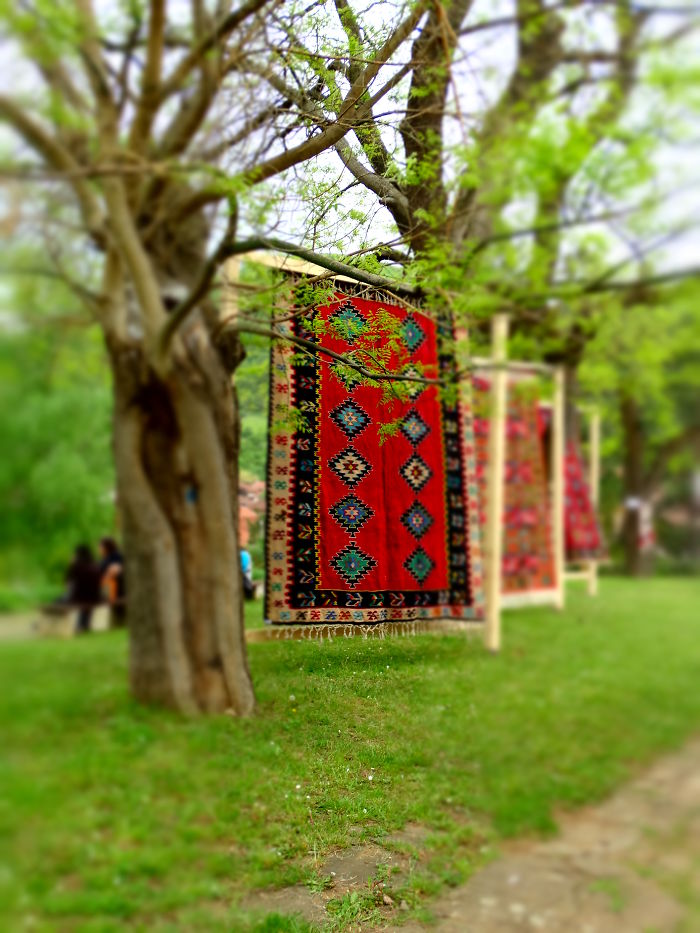
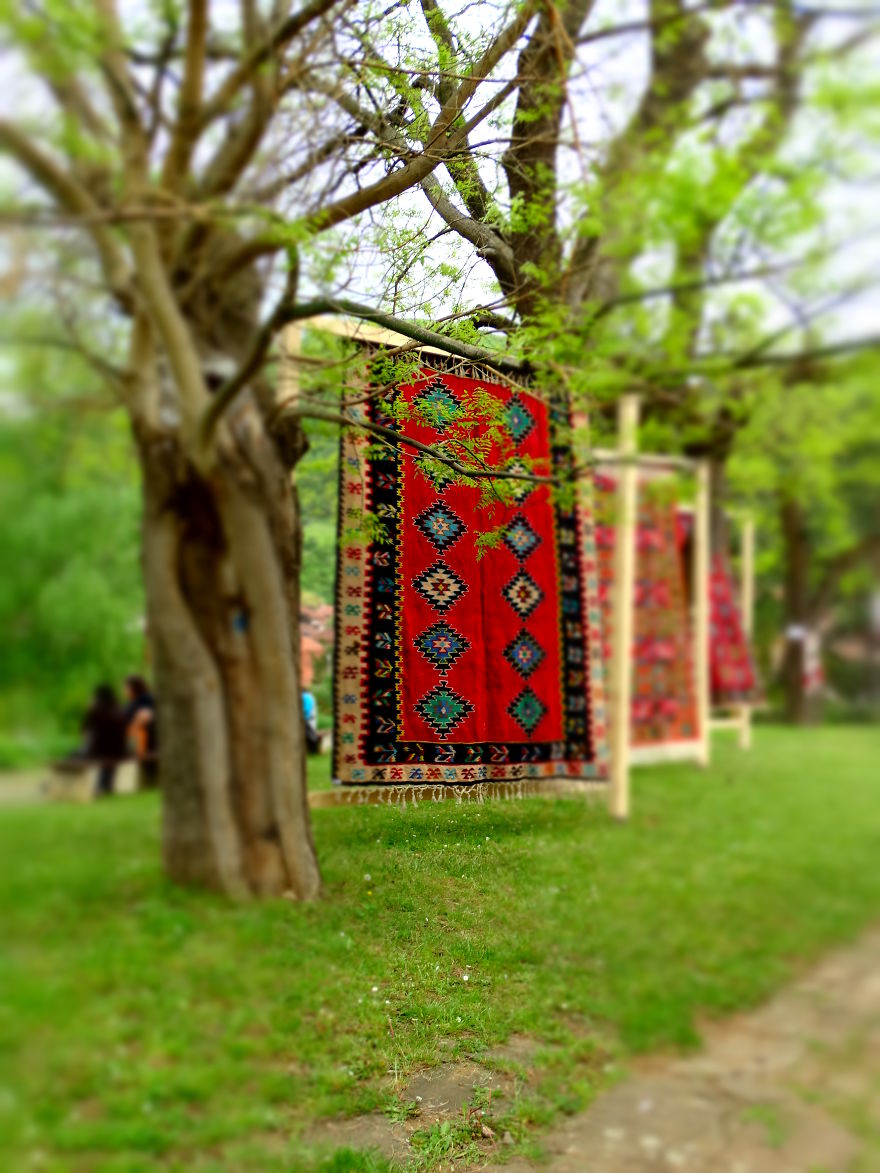
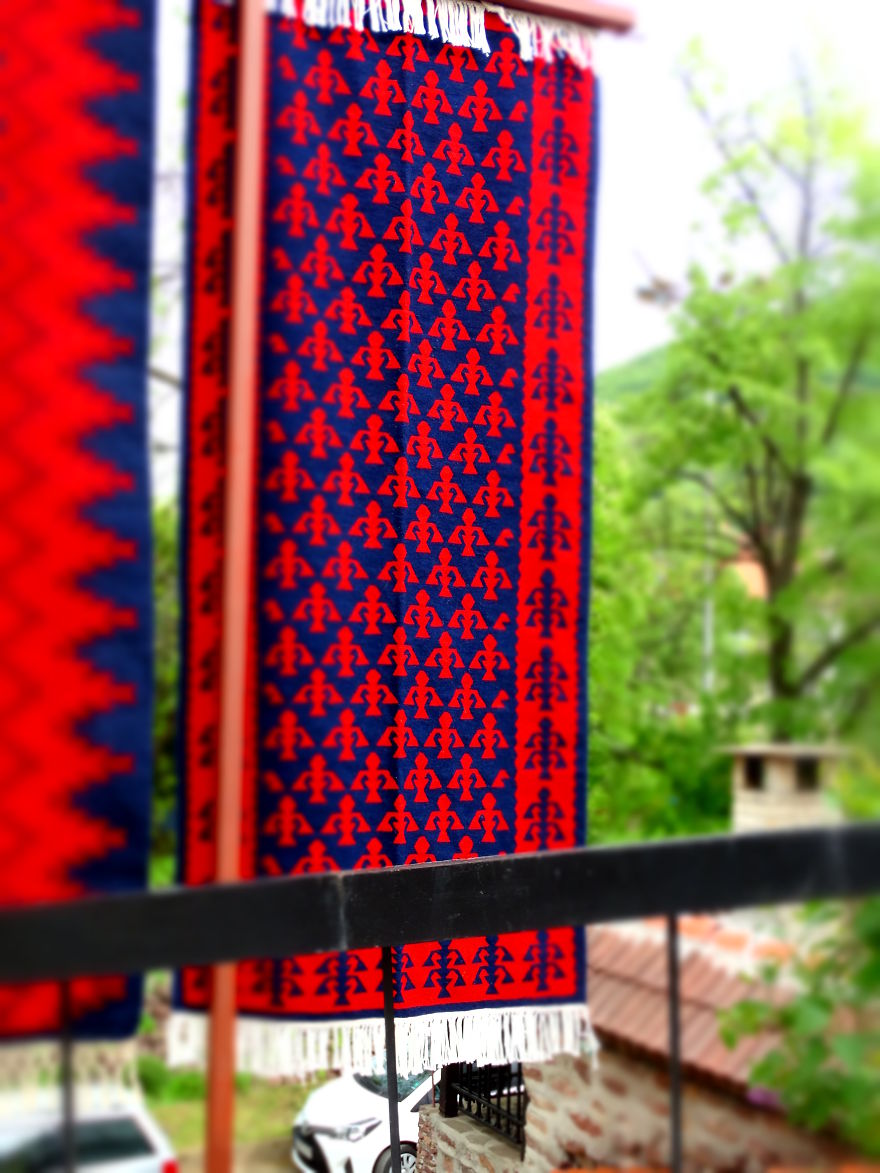
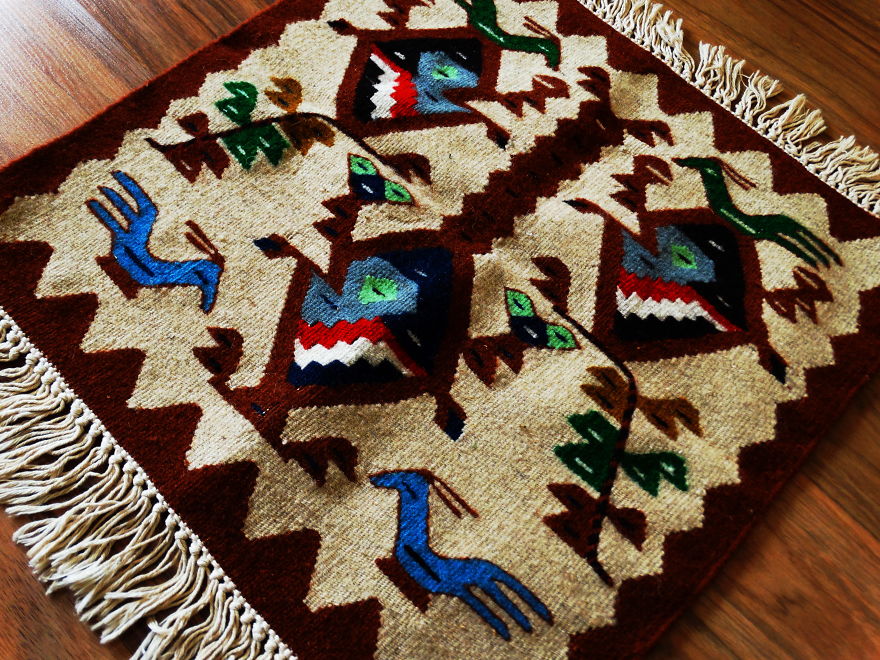
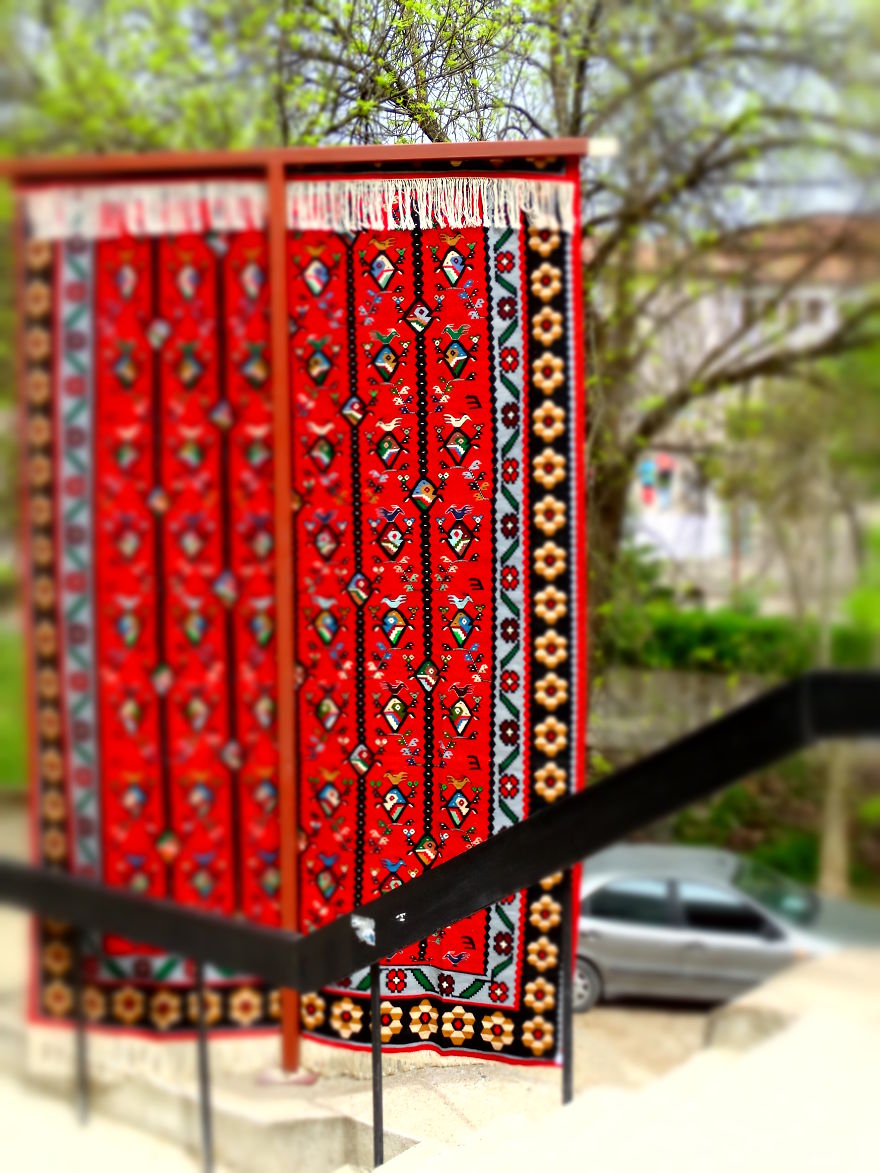
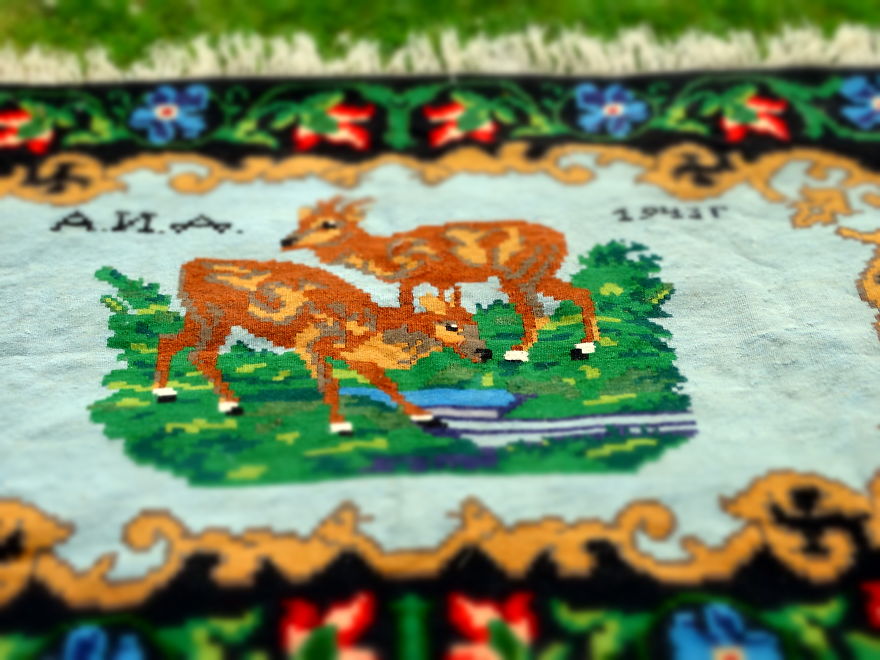
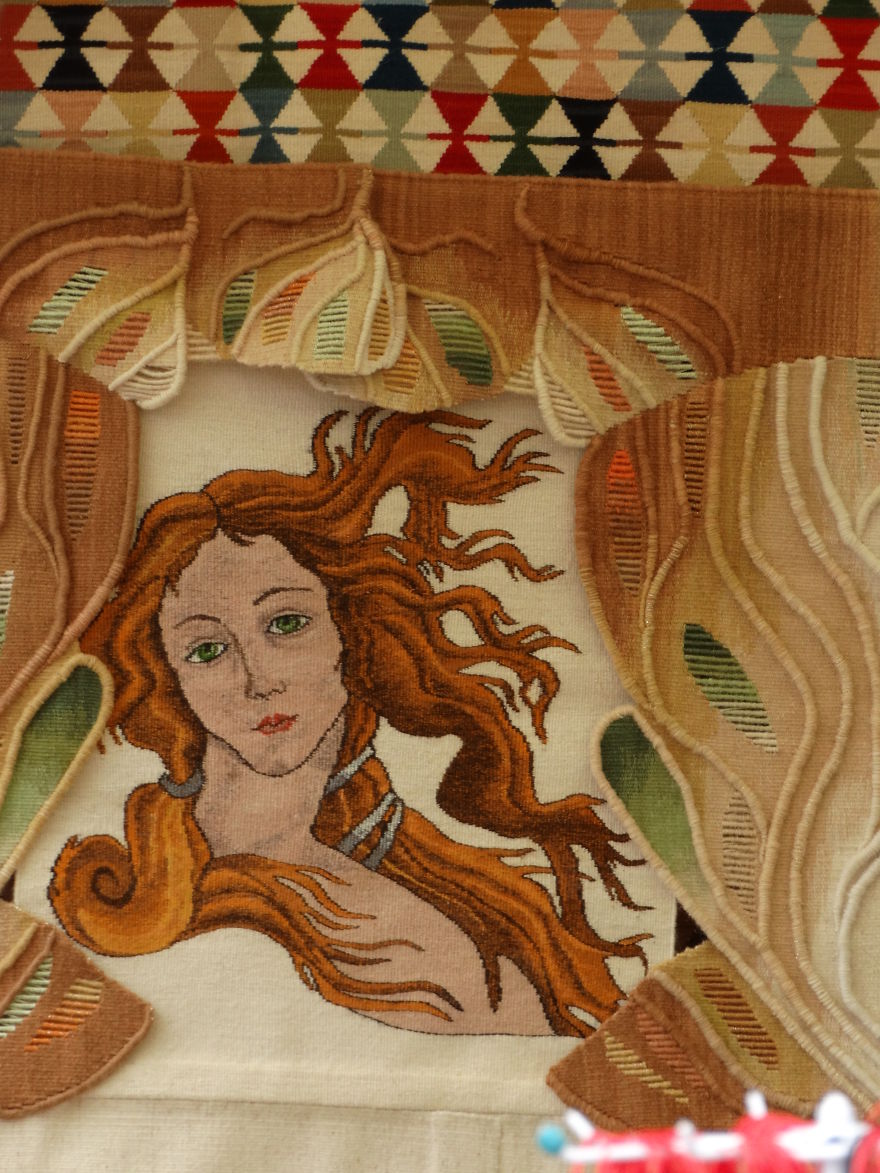
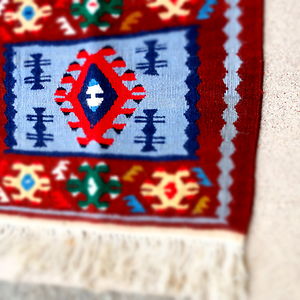


15
0